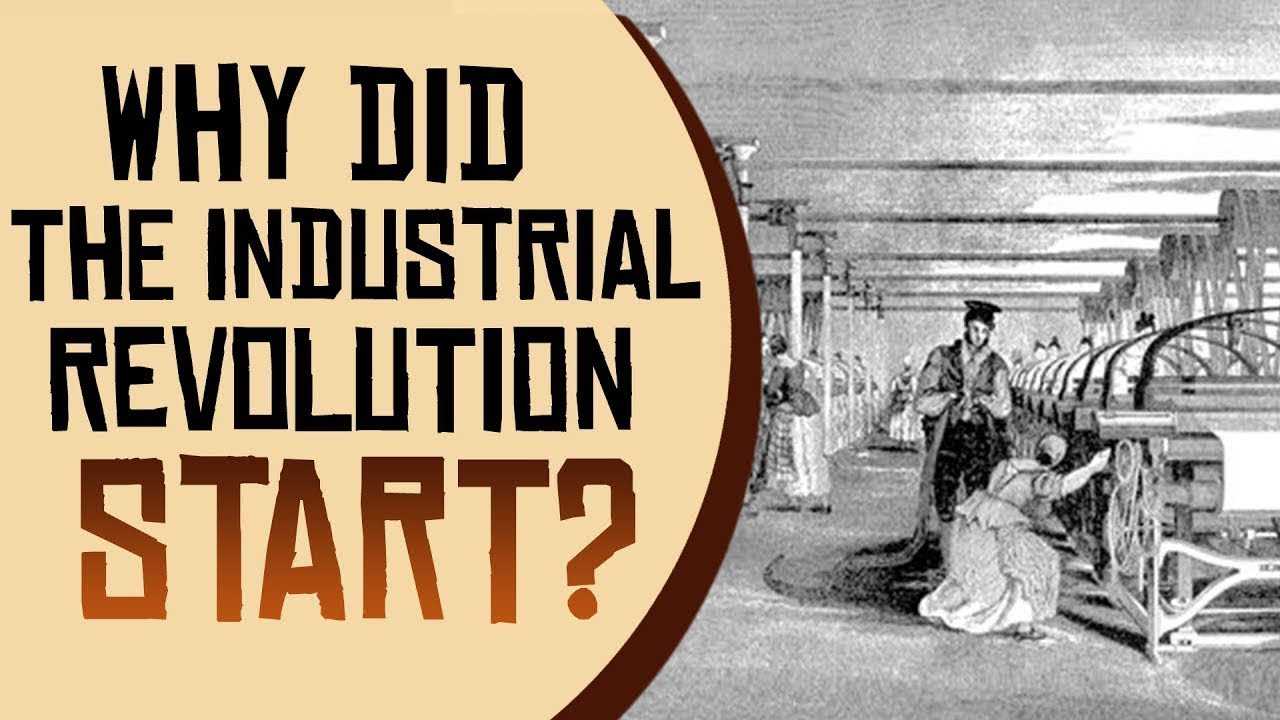Industrial Revolution: A Brief Overview

The Industrial Revolution was a period of significant technological, economic, and social change that occurred in the late 18th and early 19th centuries. It marked a shift from an agrarian and handicraft economy to one dominated by industry and machine manufacturing.
Impact on Society
The Industrial Revolution had a profound impact on society. It led to the growth of cities and urbanization as people moved from rural areas to work in factories. This resulted in overcrowding, poor living conditions, and the emergence of slums.
There were also significant changes in the social structure. The middle class, composed of factory owners and entrepreneurs, grew in wealth and influence, while the working class faced long hours, low wages, and dangerous working conditions.
Technological Advancements
Other important inventions included the spinning jenny, which mechanized textile production, and the power loom, which further increased productivity in the textile industry. These advancements led to the mass production of goods and a significant increase in industrial output.
Economic Changes
The Industrial Revolution brought about significant economic changes. It led to the growth of capitalism and the rise of the factory system. The factory system allowed for the production of goods on a large scale, leading to increased profits for factory owners.
Trade and commerce also expanded during this period, as new markets opened up and goods were transported more efficiently. This led to increased wealth and economic growth, but also to the exploitation of workers and the widening of economic inequalities.
Exploring the History, Advantages, and Disadvantages of the Industrial Revolution
The Industrial Revolution was a period of significant change that occurred in the late 18th and early 19th centuries. It marked a shift from manual labor to machine-based manufacturing, transforming societies and economies around the world. This article will explore the history, advantages, and disadvantages of this revolutionary period.
History of the Industrial Revolution
During this time, traditional agricultural and cottage industries were replaced by large-scale factories and mass production. The introduction of machinery and the division of labor led to increased productivity and the ability to produce goods on a much larger scale.
Advantages of the Industrial Revolution
The Industrial Revolution brought about numerous advantages that transformed societies and improved living standards:
1. Economic Growth: The Industrial Revolution spurred economic growth by increasing productivity and expanding markets. It led to the creation of new industries and the development of infrastructure, such as railways and canals, which facilitated trade and transportation.
3. Urbanization: The shift from rural to urban areas was a prominent feature of the Industrial Revolution. The growth of factories and industries attracted workers from the countryside to cities, leading to the development of urban centers and the expansion of urban populations.
Disadvantages of the Industrial Revolution
While the Industrial Revolution brought about many positive changes, it also had several negative consequences:
1. Poor Working Conditions: Factory workers during the Industrial Revolution often faced harsh working conditions, including long hours, low wages, and unsafe environments. Child labor was also prevalent, with children as young as six or seven working in factories.
2. Environmental Impact: The rapid industrialization and increased use of machinery had a significant environmental impact. Pollution levels rose, as factories released harmful gases and chemicals into the air and waterways. Deforestation and depletion of natural resources also occurred to meet the growing demands of industry.
3. Social Inequality: The Industrial Revolution led to a widening gap between the rich and the poor. While some individuals and industrialists amassed great wealth, many workers struggled to make ends meet. This inequality sparked social unrest and calls for labor reforms.

Emily Bibb simplifies finance through bestselling books and articles, bridging complex concepts for everyday understanding. Engaging audiences via social media, she shares insights for financial success. Active in seminars and philanthropy, Bibb aims to create a more financially informed society, driven by her passion for empowering others.
